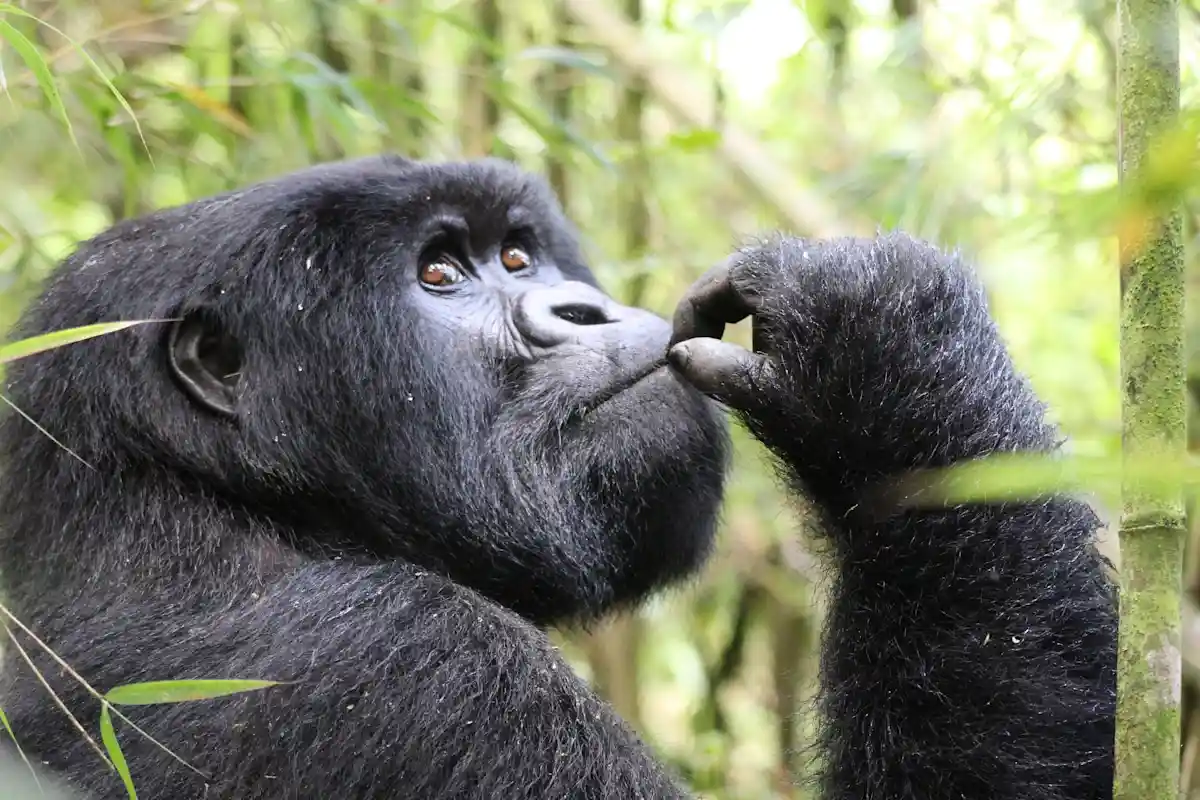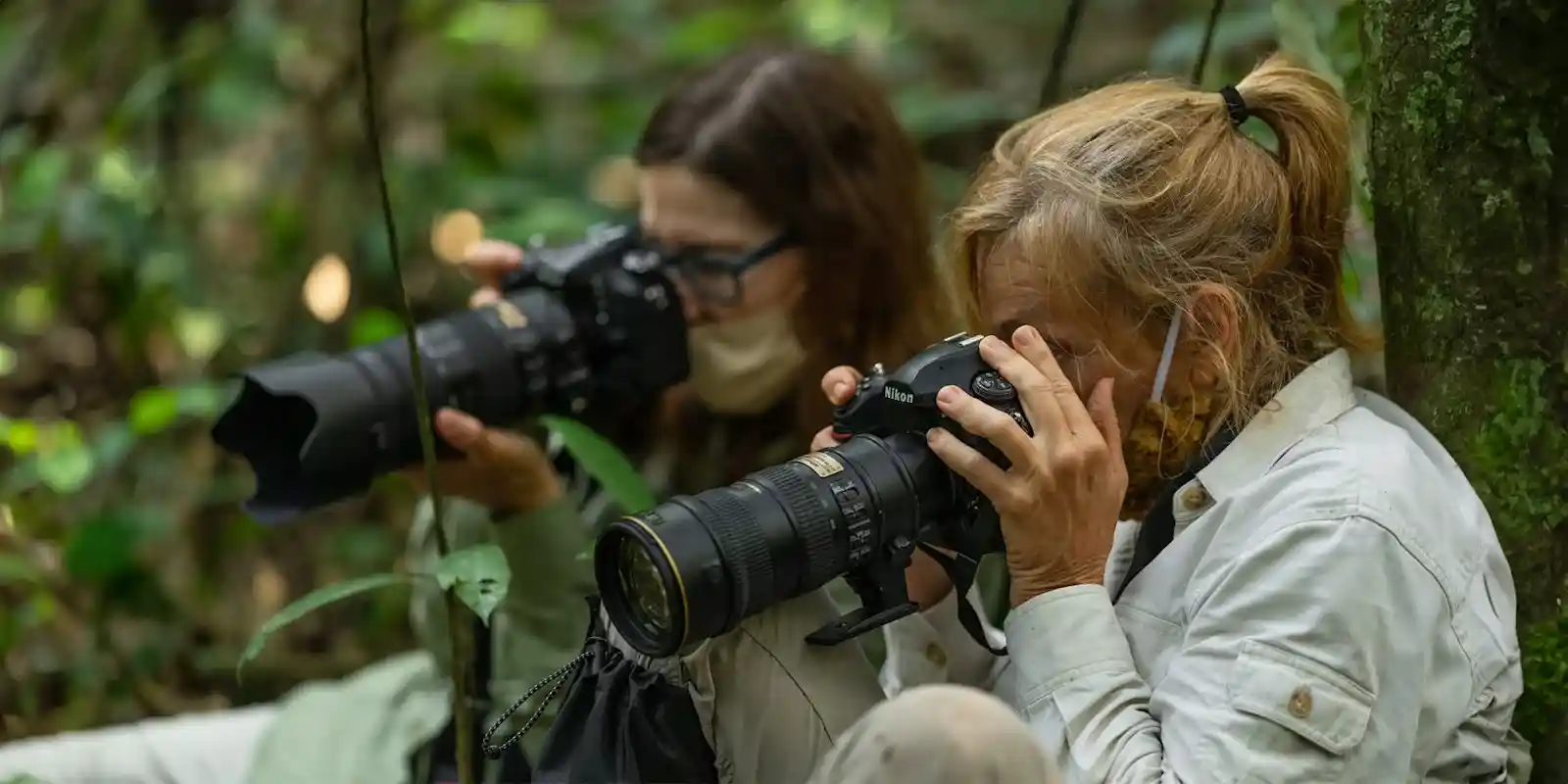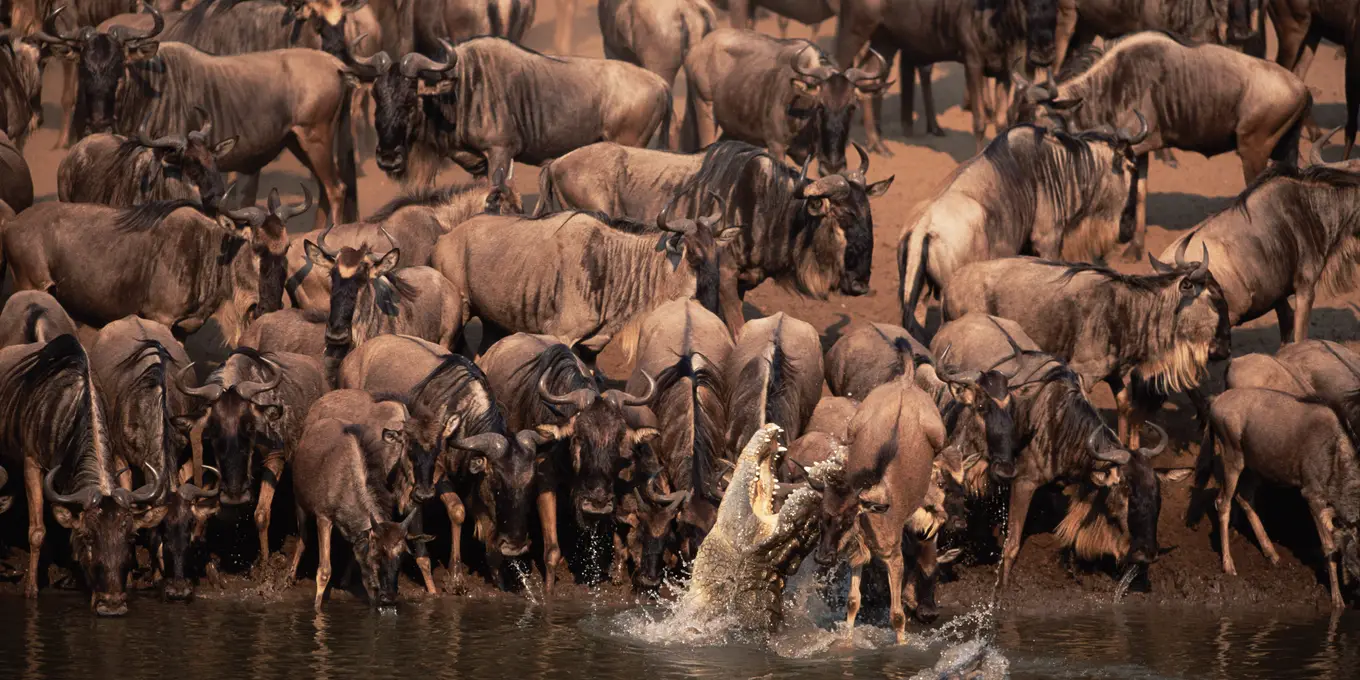- CONTACT US
- info@oruganosafaris.com
- +256-701-230-309
If you want to see the best of Africa’s wildlife, why not do both gorilla trekking and a Serengeti safari in one trip? Trekking through the forests of Uganda or Rwanda to see mountain gorillas up close is a once-in-a-lifetime experience. And nothing beats the excitement of spotting lions, cheetahs, zebras, jackals, hyenas, elephants, buffalos, giraffes, and gazelles on the open plains of Tanzania’s Serengeti. Even though these places are in different countries, it’s easier than ever to visit both on the same adventure. We’ve put together the top tips to help you plan a smooth and unforgettable journey — so you can make the most of your time and see Africa’s amazing animals in their natural homes.

Picking the right time to travel is super important when planning both gorilla trekking and a Serengeti safari. The great news? The best times for both adventures match up really well!

In Uganda and Rwanda, the best times to see gorillas are:
In Tanzania, the top safari seasons are:
Top Tip:
June to September is the perfect time to do both! You’ll enjoy dry weather for easier gorilla trekking and catch the Serengeti at its best — including the amazing wildebeest migration and exciting river crossings between June and August. It’s a truly unforgettable time to visit!
Uganda vs Rwanda: Uganda is generally a bit wetter than Rwanda, which means its forests—especially the thick and misty Bwindi Impenetrable Forest—are lusher and denser. Rwanda’s Volcanoes National Park, on the other hand, sits at a higher altitude and tends to be cooler and slightly drier.
Tanzania’s Serengeti: Compared to the gorilla trekking regions, the Serengeti is much drier and more open. Its vast plains enjoy long dry seasons, which make wildlife spotting easier.

To see mountain gorillas in the wild, you need a special permit. As of 2025:
These permits are limited and sell out quickly—especially in the busy travel season. So, it’s best to book your permit early, and check availability before booking your flights or accommodation.
It’s smart to visit a travel clinic before your trip. Other recommended vaccines include hepatitis A and B, typhoid, and tetanus.
The fastest and easiest way to travel between gorilla trekking locations and Tanzania is by plane. There are direct flights that connect Rwanda and Uganda to Tanzania.
Popular flight routes include:

Both Uganda and Rwanda are amazing for gorilla trekking, but there are a few differences that might help you choose.
Why Choose Uganda:
Things to consider:
Why Choose Rwanda:
Things to consider:

Often called the “Greatest Show on Earth,” the Great Migration is one of the most amazing wildlife events in the world. Over 1.5 million wildebeest, along with hundreds of thousands of zebras and gazelles, travel in a big circle every year across the Serengeti in Tanzania and the Masai Mara in Kenya.
The journey is all about following the rains, which bring fresh grass. While the route stays the same each year, the exact timing can change depending on when the rains come. Here’s a simple guide to where the herds usually are:
Whether you follow the migration or explore other parts of the Serengeti, every season offers something incredible to see!
The Serengeti is Tanzania’s most famous safari spot, but there are many other amazing places to explore. Here are some of the top ones:
Flying – The Easiest Way
If you’re planning to see mountain gorillas and then go on a Serengeti safari, flying is the best way to get around. Many airlines—both regular and small charter flights—connect the main cities in Rwanda, Uganda, and Tanzania.
What About Driving?
You can drive, but it’s really not recommended. The roads are long and rough, and you’ll cross borders that can take time. For example, driving from Kigali to the Serengeti takes more than 16 hours!
Do gorilla trekking first, then the safari.
Here’s why:
Suggested schedule:

Your visit does more than give you amazing memories—it helps protect wildlife and support local communities.
In Uganda and Rwanda, the money from gorilla permits goes to:
Breakdown of each permit:
In the Serengeti and other parks, your safari fees help:
Here’s how you can help:
This kind of trip isn’t cheap—but it’s a once-in-a-lifetime experience, and you can manage the costs with smart planning.

A trip that combines gorilla trekking with a Serengeti safari is one of the most amazing adventures you can have in Africa. It may take extra planning, but seeing gorillas up close and watching the wildlife roam the plains is simply unforgettable.
Ready to go? Let our expert team help you design your perfect East African experience!
Bwindi Impenetrable Forest Nkuringo Sector- Uganda
+256-701-230-309
info@oruganosafaris.com